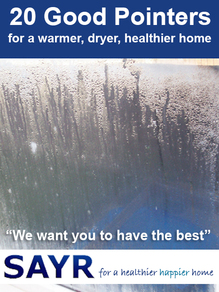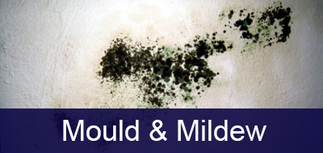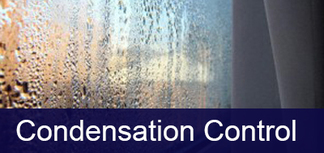20 Good Pointers
| |||||||
| 20_good_pointers_to_keep_your_home_warmer.pdf | |
| File Size: | 1261 kb |
| File Type: | |
Understand how to control
|
Moisture creates perfect conditions for mould, mildew and dust mites to thrive. Places like bathrooms, kitchens, laundries, wardrobes encourage it's growth.
|
There is a lot more to dew on the window in the morning. If condensation occurs, it is an important warning that there is too much moisture in the air. Moisture increases opportunity for the growth of mould and health issues.
|
We see mould and condensation around us in our home, but don't realize it's effect on our health. Due to there presence, the severity of illness, and symptoms of asthma and allergies increase.
|
SAYR's 20 Good Pointers
|
Insulation and draught-proofing
14. Draught-proofing some doors and windows can improve the warmth and dryness of the air. 15. Do not draught-proof rooms where there is a condensation or mould problem. 16. Do not draught-proof where there is a fuel burning heater or cook top. 17. Do not draught-proof windows in the bathroom or kitchen. Heat your home a little more 18. When the whole house is warmer and drier, condensation is less likely. 19. During cold spells, a low heat for a long time is better than switching heaters on high for a short period. 20. Where possible, try to heat the whole house. If you have central heating, set it to provide background warmth in all rooms, including unused rooms. |
- By far the best choice for creating a healthier home free from condensation, mould, and pollutants is to invest in a home ventilation system. You will have a lifetime solution towards a warmer, drier, healthier home.
|
Download your free copy of our 20 Good Pointers to keep your home warmer by clicking on the link to the right.
|
Let us show you how you can have a healthier home and family
|
We will give you practical advice on how to make your home healthy and dry. We'll also answer any questions you have on the benefits and costs of Home Ventilation.
Book A Home Assessment Now |
Our assessor will do a detailed analysis of your home and provide you with the best solution at the best price. With our Price Beat Promise you are sure to get great value.
Request A Quote Today |
We have a team of friendly and knowledgeable staff on hand to answer you questions, tell us about your home environment and find out how to make your home healthier.
Ask a Question - Talk To Us Today |











